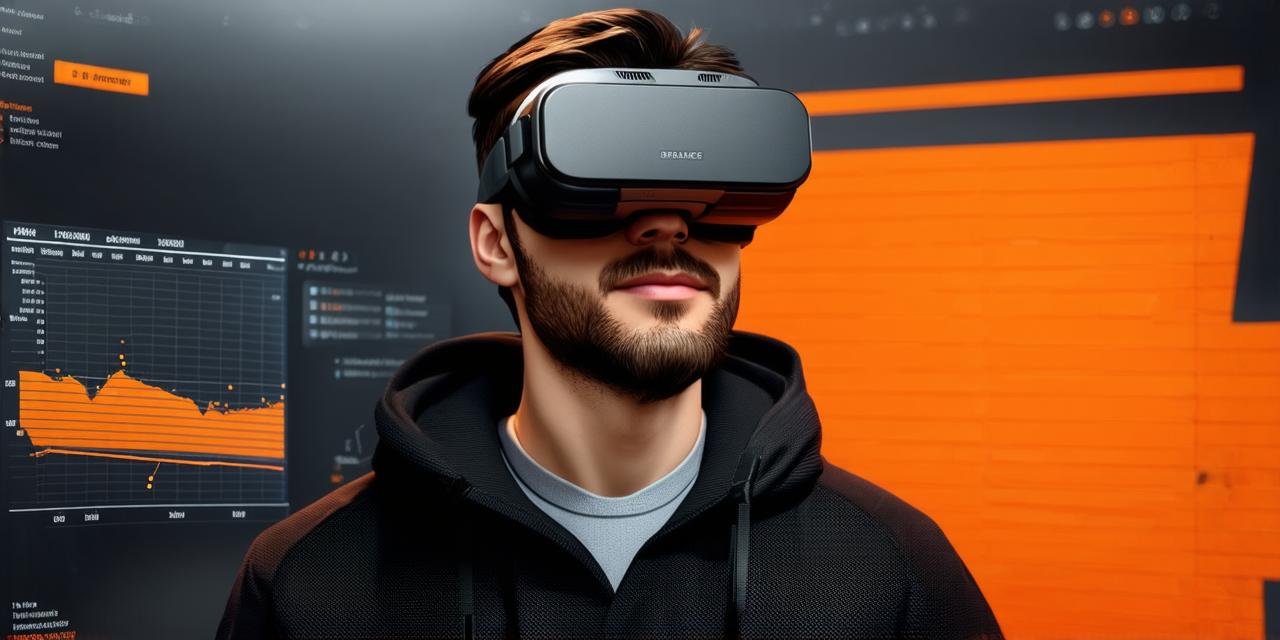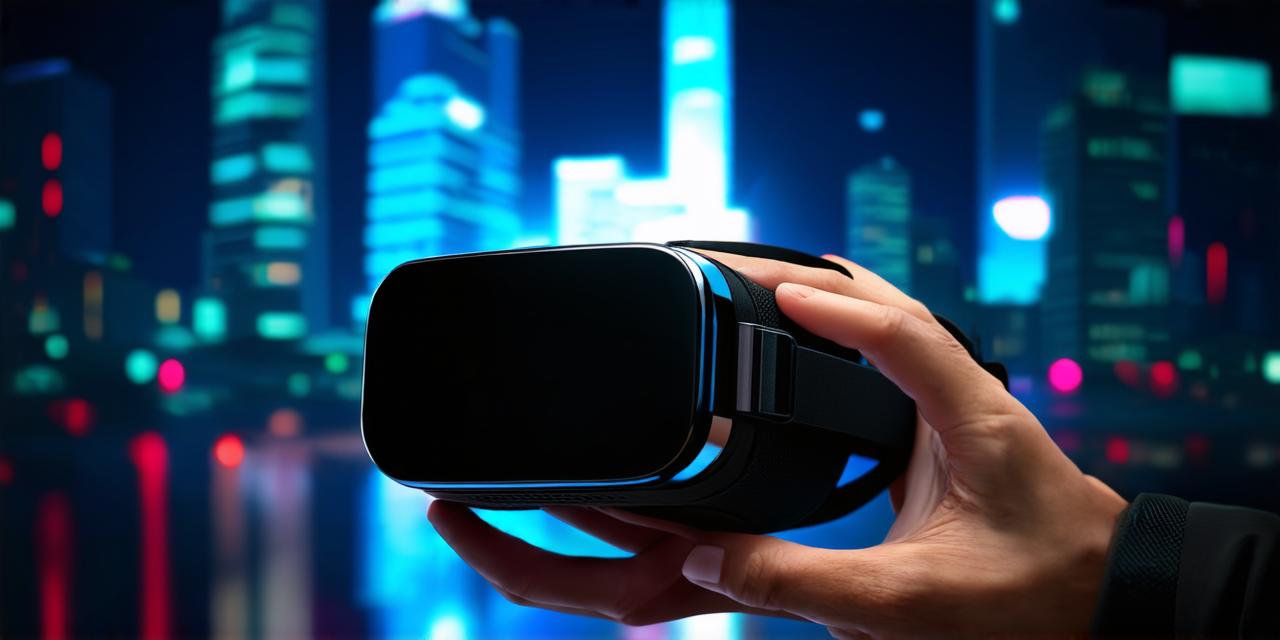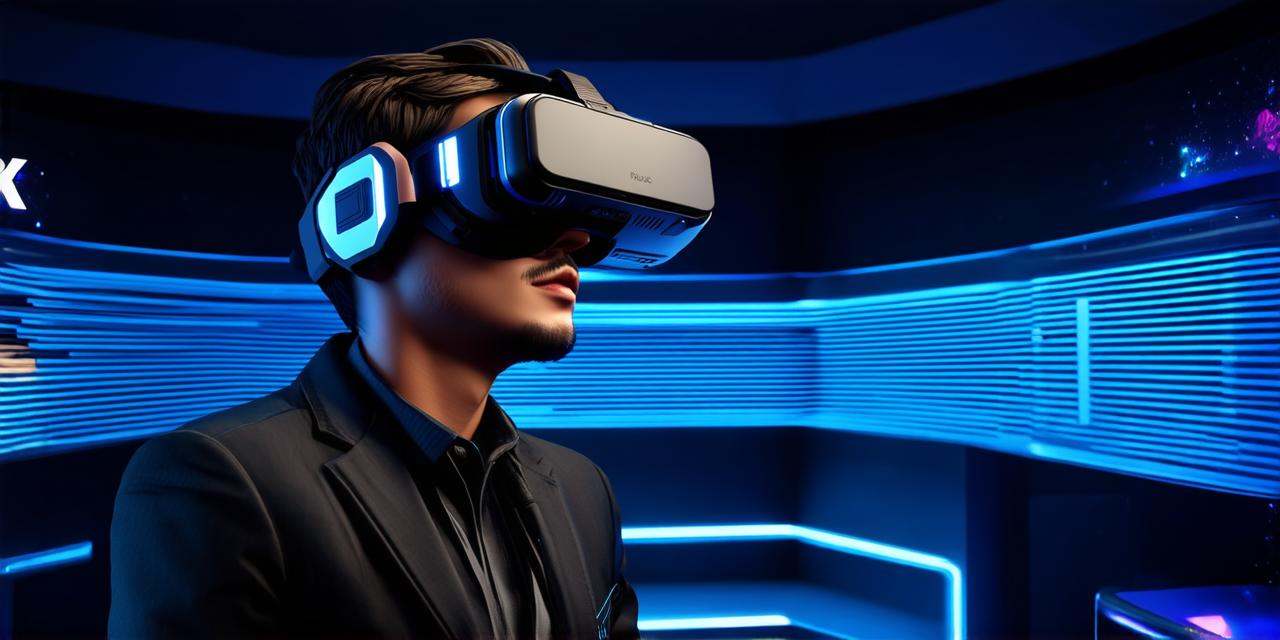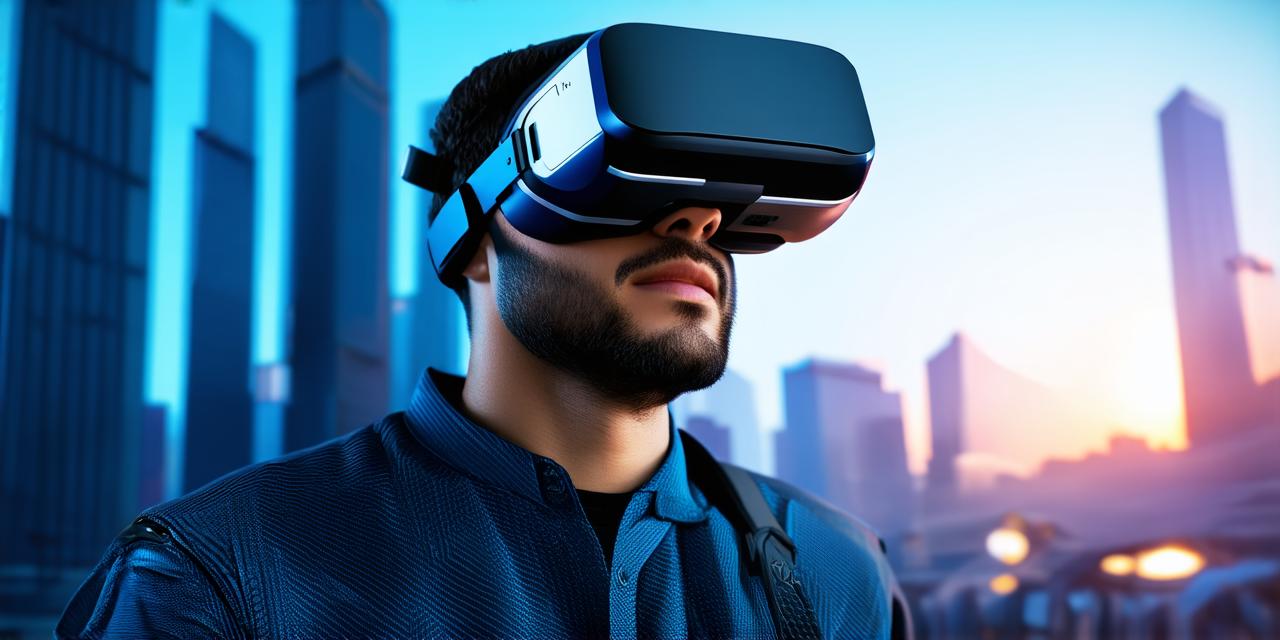Virtual Reality (VR) technology has been rapidly evolving over the past decade and is becoming more accessible to businesses and individuals alike. However, for those looking to develop their own VR experiences, the cost of hardware, software development, content creation, and marketing can be quite high. In this article, we will explore the various expenses involved in developing a virtual reality experience and provide strategies to optimize your budget to achieve your goals.
Hardware Costs:
One of the biggest expenses involved in developing a VR experience is the cost of hardware. VR systems require specialized equipment such as headsets, controllers, sensors, and cameras, which can be quite expensive. The cost of these devices varies depending on their quality, brand, and features. For example, an Oculus Quest 2 headset costs around $399 while a HTC Vive Pro Eye headset costs around $1499. These costs may vary depending on the type of hardware you require for your project.
Software Development Costs:
In addition to hardware, software development is another major expense when creating a virtual reality experience. Developing VR software requires specialized skills and expertise in areas such as game design, programming, and user interface design. The cost of software development can vary depending on the complexity of the project, the size of the team, and the platform being developed for (e.g., Windows, Mac, mobile). Outsourcing certain tasks to freelancers or contractors can also help reduce software development costs.
Content Creation Costs:
Creating content for a virtual reality experience is also a significant expense. This includes designing 3D models, creating textures and lighting, and producing audio and video content. The cost of content creation can vary depending on the complexity of the project and the expertise of the team. Using existing software and assets can help reduce content creation costs.
Marketing Costs:
Marketing a virtual reality experience is also an important factor to consider when developing a VR experience. This includes promoting the experience through social media, advertising, and other channels. Marketing costs can vary depending on the target audience and the channels being used. Utilizing existing software and assets can help reduce marketing costs.
Optimizing Your Budget:
To optimize your budget for virtual reality development, there are several strategies you can use:
-
Choose the right hardware platform: The cost of hardware can be significantly reduced by choosing the right platform for your virtual reality experience. For example, if you are developing a mobile VR experience, you may be able to use a lower-cost device such as a smartphone with a VR headset attachment, rather than a dedicated VR console.
-
Utilize existing software and assets: One way to reduce software development costs is by utilizing existing software and assets. For example, you may be able to use open-source game engines or 3D modeling tools, which can save you money on licensing fees. Additionally, using existing assets such as textures and models can help reduce the amount of content creation needed.
-
Outsource certain tasks: Outsourcing certain tasks such as content creation or marketing can also help optimize your budget. By working with freelancers or contractors, you can pay for only the specific services you need and avoid the expense of hiring a full-time team.
-
Consider crowdfunding: Crowdfunding is another option to consider when developing a virtual reality experience. By raising funds from a large group of people, you can offset some of the costs associated with hardware, software development, content creation, and marketing. However, it’s important to have a clear plan and compelling pitch in order to be successful with crowdfunding.
Case Studies:
Giant Squid VR:
Giant Squid VR is an example of a successful virtual reality experience that was developed on a tight budget. The team used existing software and assets and outsourced certain tasks to freelancers. They also focused heavily on marketing the game through social media and other channels, which helped generate buzz and interest in the product. Despite these cost-saving strategies, Giant Squid VR was able to deliver a high-quality experience that has become one of the most popular virtual reality games available today.
Beat Saber:
Beat Saber is another example of a successful virtual reality experience that was developed on a tight budget. The team used existing software and assets and focused heavily on marketing the game through social media and other channels. They also used crowdfunding to raise funds for development and marketing. Despite these cost-saving strategies, Beat Saber was able to deliver a high-quality experience that has become one of the most popular virtual reality games available today.

FAQ:
Q: How much does it typically cost to develop a virtual reality experience?
A: The cost of developing a virtual reality experience can vary widely depending on factors such as hardware, software development, content creation, and marketing costs. It’s difficult to provide an exact cost without more information about the specific project. However, by using the strategies outlined in this article, you can optimize your budget and develop a high-quality virtual reality experience within your means.




